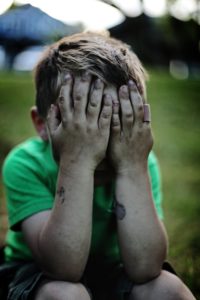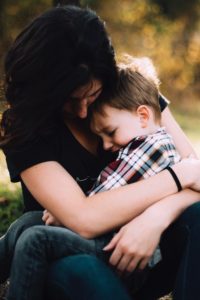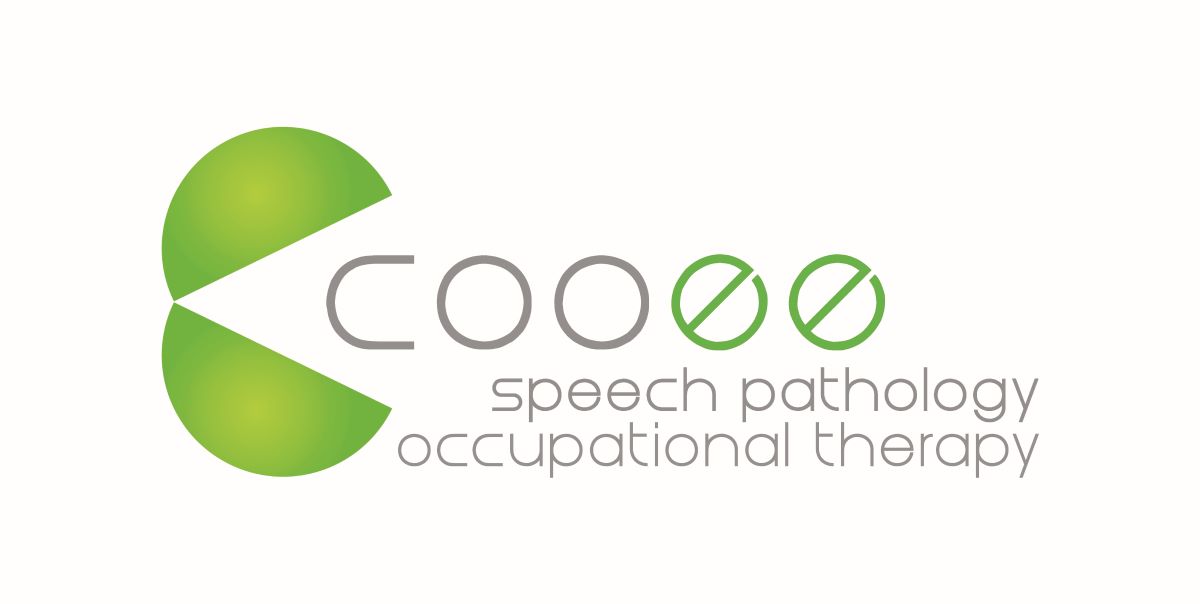What is the ‘fight, flight or freeze’ response?
At Cooee Speech Pathology, our Brisbane north Occupational Therapists work with kids and their families to help children develop their emotional awareness and understanding, interoceptive awareness, sensory processing and ability to regulate.
What is the ‘fight, flight or freeze’ response and why does it happen?
The flight, fight or freeze response is often a result of increased stress, or the hormone cortisol within our bodies. This can be experienced by both children and adults and may be in response to overload to our sensory processing systems, heightened anxiety, increased dysregulation or for those who have experienced trauma. When an individual enters a heightened state, it can have a significant impact on their participation and engagement in daily activities and occupations. By being able to identify when an individual is entering that state and having a range of tools and strategies available to access, this can support being able to return to a regulated state.
What happens in our body when we enter flight, fight or freeze?
A small part of the human brain, called the amygdala, is part of the limbic system. This part of our brain is responsible for processing signals from the environment and the rest of our body and determining whether this signal is a potential danger. When our amygdala works well, it is effective for recognising when we are in danger and responding appropriately. For example, if a person was to come across a lion in the street, their amygdala would support them by being able to act quick enough to start running! At times, however, the amygdala’s warning system can make some mistakes and this might mean that humans pick up something from our external or internal environment that sets off our alarm. As a result, we will enter a ‘flight, fight or freeze’ response, even sometimes when there is no danger at all.

When we enter heightened states of anxiety, stress or dysregulation, other parts of our brain can be more difficult to access as our limbic system “takes over”. The limbic system, in general terms, is responsible for our behavioural and emotional responses. In heightened states, our body can send blood, oxygen and other important nutrients to our arms or legs, so that we are ready to fight or flight. This means that there is less energy being used for higher functioning neurological tasks such as planning and logic. Generally, a human’s ability to reason and respond to others can be very difficult in these moments, so it is important to consider this and the language you use when communicating with your little ones in this state.
What are some signs of being in ‘flight, fright or freeze’ mode?
- Cold, pale skin – as explained above, the body draws important nutrients to the arms and legs to give our limbs the energy needed to run, flight or fight. This means that blood, oxygen and other nutrients can be drawn from parts of our body such as the stomach and face, leaving our skin appearing pale or cold.
- Feelings of butterflies in the stomach or reduced appetite – again, this is due to our body shifting those important nutrients away from the stomach and digestive system. Therefore, we may have a reduced appetite or find it difficult to eat even if we might feel hungry. This can also explain different feelings such as “butterflies” in the stomach.
- Kicking, screaming, pushing, throwing objects and shallow breaths may be signs of fight.
- Excessive fidgeting, “avoidant” behaviours, running away from a situation or hiding can be examples of the flight response.
- Shutting down, being unable to move, loss of awareness of internal feelings/feeling numb and daydreaming are some examples of freeze.
How can I explain this feeling to my child?
For some children, depending on their age and language skills, it can be very beneficial to explain and develop an understanding of the above processes and responses. Teaching children about the connection between their brain and body, thoughts and feelings as well as responses to certain situations or inputs can support development of a child’s self-regulation. Here are top tips from an Occupational Therapist to explore this for children who experience fight, flight or freeze responses:

- Engage in discussions with children about their different feelings and emotions – you can use a diagram of a person or draw a picture for each emotion, using symbols or colours to represent and discuss different internal feelings that are associated with these emotions. Think of body cues such as increased heart rate, fast breathing, tingly feelings in arms or legs and butterflies in your stomach.
- Draw a picture or construct a model of the human brain out of playdough, Lego or any other items you can find! Make the amygdala and talk about the important job that the amygdala does, but how it can sometimes make mistakes (like when we accidentally set off the fire alarm when we’ve burnt some toast!)
- Explore different regulation strategies and how they make your child feel. For example, how does jumping on a trampoline, blowing bubbles, getting a big hug or listening to some relaxing music make their body feel?
This is a general overview of the fight, flight or freeze response in relation to increased stress levels, heightened anxiety or difficulty with sensory processing. Feelings, emotions and anything related to the limbic system is very individualised and unique for every person. Exploring this and developing an understanding of these experiences and feelings can be a journey for many children and sometimes they require more support than others their age. If you would like to read more about this topic, head to our blog on how children learn to self-regulate. If you would like to get in touch with an Occupational Therapist to ask more questions or seek support for your child please do not hesitate to contact our team via email on [email protected] or call us on (07) 3265 4495.

Georgia O’Connor
Occupational Therapist
